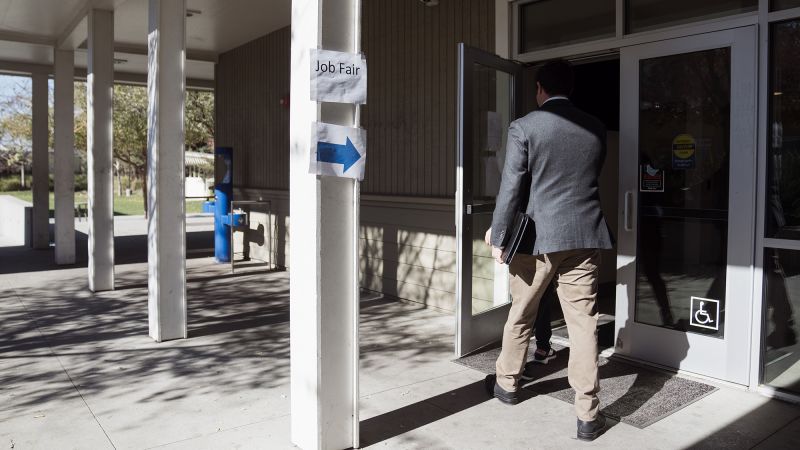Over the past 50 years, the US unemployment rate has mostly been above 4%, peaking at almost 15% during the pandemic. However, in the aftermath of the economic disruptions caused by the pandemic, the unemployment rate has stayed below 4% for more than two years. This streak could potentially end with the release of the March jobs report by the Bureau of Labor Statistics. February saw the unemployment rate rise to 3.9% from 3.7% in January, and there is anticipation that the jobless rate could reach 4% in March. Many economists attach a broader symbolic meaning to having an unemployment rate below 4%.
Economists are predicting a significant increase in job gains for March, with initial estimates showing 200,000 jobs added. However, previous job reports have seen these figures revised down substantially. Wage growth is a key factor being monitored by Federal Reserve officials, as faster wage growth can lead to higher overall prices. February saw a slight slowdown in wage growth, with expectations for this trend to continue. While fewer people are quitting their jobs, layoff activity has remained relatively stable.
There has been some speculation regarding the potential fall of the unemployment rate to 3.8% in March, similar to the initial forecast for February’s rate of 3.7%. The unemployment rate captures the share of unemployed people as a percentage of the labor force, which includes both employed and unemployed individuals. Various factors can lead to an increase in the unemployment rate, such as changes in the number of employed and unemployed individuals.
While an increase in the unemployment rate may not necessarily be negative for the economy, a rise to 4% could signal a softening of the economy. Workers may lose some of their leverage in the labor market if the unemployment rate reaches this level. The loss of leverage, combined with a rising unemployment rate, could mean that employers can hire and retain talent at a lower cost. Despite this, workers still have more leverage than in previous years, as wage increases have slowed over time.
Economists had predicted that the unemployment rate would reach 4% as the Federal Reserve began hiking interest rates to combat high inflation. However, factors such as strong consumer spending and labor hoarding by employers, where they keep employees on the payroll in anticipation of economic recovery, have contributed to keeping the unemployment rate low. Despite the unemployment rate remaining below 4%, the labor market is showing signs of cooling, with a slowdown in job gains and an increase in layoffs over the past two years.




